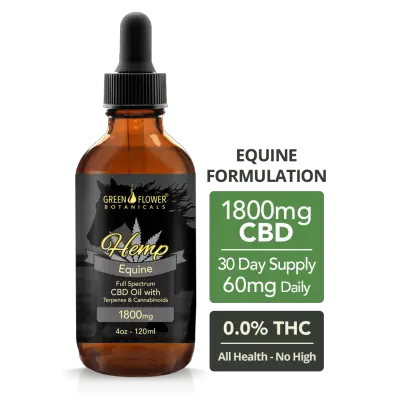Can CBD Help My Horse With Seizures & Epilepsy?
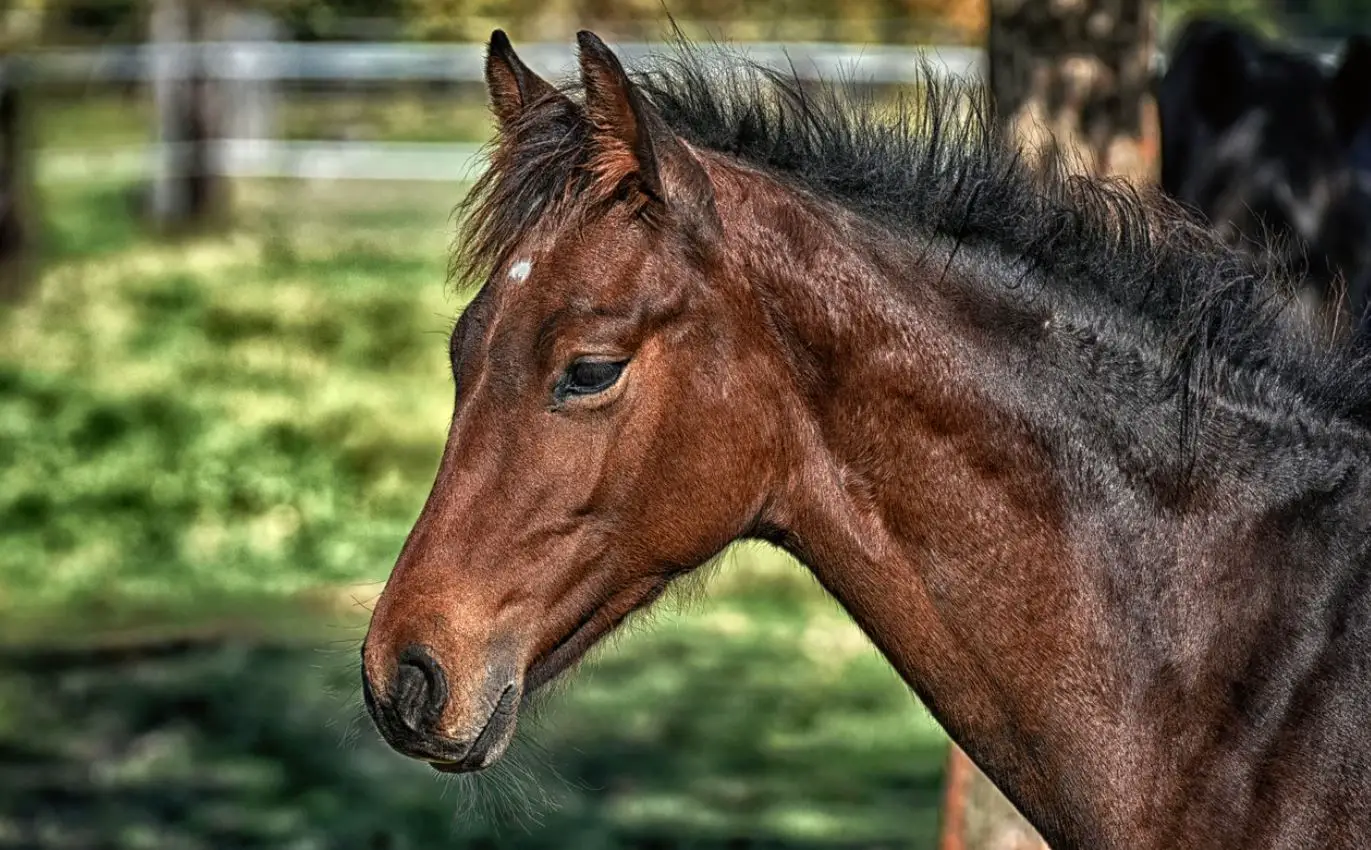
In recent years it has come to light that CBD oil is extremely effective in treating seizures in humans. In fact, there have been documented cases where seizures have been reduced by as much as 50% by the judicious administration of CBD. But what about our 4 legged friends? And in particular, horses. Can CBD help horses struggling with seizure disorders?
Happily, the answer is “yes.” Although the causes of equine seizures vary and are sometimes hard to pin down, horses often respond positively to CBD treatment. It’s an exciting development and one that promises to open new avenues of low-impact, high-effectiveness treatment for these most noble of animals.
Equine Seizures: The Big Picture

As we mentioned, there is more than one cause of equine seizures. According to veterinarian Dr. Joyce Harmon, seizures in horses have a variety of possible causes, including tumors, chemical toxins, head trauma, rabies and more. But in some instances – as is often the case with humans – the cause will remain a mystery for the duration of the horse’s life.
Another thing to keep in mind is that seizures can sometimes be confused with other disorders, including but not limited to, narcolepsy and cataplexy. In a general sense, however, equine seizures can be divided into two broad categories: epileptic and non-epileptic. Let’s take a closer look at those different categories now:
Epileptic Seizures
According to Doctor of Veterinary Medicine Robert Ogelsby, equine epilepsy is actually a fairly common affliction. Epileptic seizures in horses vary in intensity, and if the horse does not receive adequate treatment, they may wind up injuring themselves or others during a seizure.
In extreme cases, horses will actually collapse to the ground, stiffen, shake and lose consciousness, much like people do. In other cases, the ears or tail of the horse may begin to tremble, its jaw may stiffen, and its eyes may seem to glaze over and stare into the distance. No matter the severity, it’s a disturbing thing to see.
Non-epileptic Seizures
A horse may experience other types of seizures as well. In some cases, these may have some of the characteristics of epilepsy, but actually be caused by something else. During these episodes, the horse will likely not lose consciousness, but may be unsteady on their feet. Make sure you take careful note of everything the horse is going through, and relay the symptoms to the vet. This will help them make a more accurate diagnosis. Here are some of the symptoms to look for:
- Shaking or trembling as if they’re cold.
- A glazed look in their eyes.
- A firmly clenched jaw for no apparent reason.
- Excessive sweating.
- Abnormal mouth activity.
- Tensing up of the leg muscles.
- Loss of bowel control.
- Loss of bladder control.
- A sense of confusion or being lost.
- Shaking or trembling of the head.
To see what it looks like when a horse suffers a seizure, take a look at this YouTube video. We must warn you though, the video may be disturbing for some viewers.
The Role of Diet in Seizures

Some owners suspect that the seizures their horse is experiencing is somehow related to diet. And there may be something to that, according to Dr. Kathleen Crandaell, an equine nutritionist. According to Dr. Crandell, horses, like people, can experience the phenomenon known as being “hangry” (hungry and angry) when they’re blood sugar levels crater. In some horses, seizures may accompany the blood sugar crash.
The EES (Equine Endocannabinoid System) In Horses
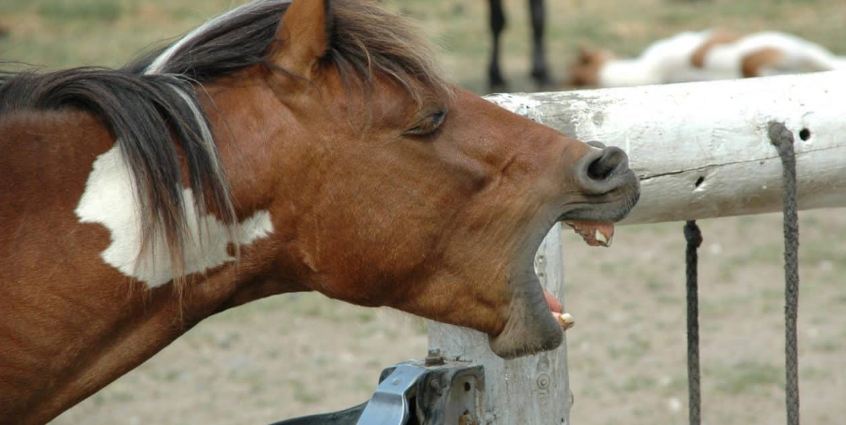
In the late 20th century, a series of breakthrough discoveries confirmed the existence of the endocannabinoid system (ECS) in humans. At the time, however, restrictive laws related to all manner of hemp products made it difficult to get funding to explore the potential of the ECS. Nonetheless, that discovery got animal lovers wondering if their dog or cat or even their horse also possessed a similar system. And the answer is that it does.
Science Weighs in on the Issue
A wide-ranging study published in 1999 looked at the role of the ECS in animals. It was found that only insects lacked some version of an ECS, and that this regulatory system could be traced back hundreds of millions of years in the fossil record. The study concluded that all animals are designed, so to speak, to be receptive to cannabinoids. And that cannabinoids play a role in modulating movement, enhancing memory, and controlling pain in animals, including horses.
This landmark study sent ripples across the medical and veterinary landscapes. But again, because the laws of the day were very restrictive when it came to hemp and hemp derivatives (i.e. marijuana), all vets could do was wonder about the potential of CBD for animal disorders and health conditions.
The Dawn of a New Day
As we turned the page into the new century, however, those narrow-minded and restrictive laws began to fall by the wayside. As fresh data began to roll in, professionals like Dr. Juliet Getty recognized that the endocannabinoid system of the horse responded to CBD in much the same way the human ECS does. This had implications for the treatment of myriad health conditions afflicting horses, including seizures.
The Dosing Issue: A Step by Step Process
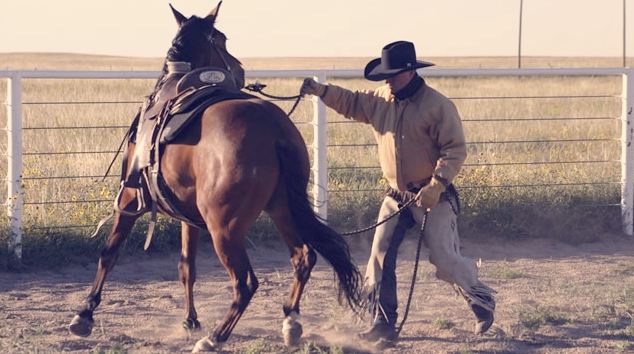
So now we know horses have their own version of the ECS, referred to by vets as the EES. We also know that CBD is effective in treating seizures in humans and other animals. What we still need to determine is the right dose for treating equine seizures.
While it may seem that the age-old maxim of basing a dose on the animal’s size and age should apply, unfortunately that is not the case. Also, potency in CBD products can be somewhat hit or miss, according to Professor of Neurology Dr. Jerzy Szaflarski. “The concentrations in products are only approximate, and I don’t know how well they’re tracked,” he says. So with that in mind, let’s go through the dosing procedure one step at a time:
- Step 1: Determine a baseline – Regardless of the size, sex or age of your horse, it is suggested that you start with 40mg of CBD per day.
- Step 2: Determine your step size – That is, decide how much of a step upward you will take during the process. Generally, it is recommended each step be in 20mg increments.
- Step 3: Begin administration at baseline dosage – Begin administering the baseline amount of 40mg CBD per day. Administer this dosage for one week, while carefully monitoring your horse and noting any changes. 7 days is necessary because CBD has a cumulative effect.
- Step 4: Step up the dosage – If, after 7 days, you are not satisfied with the results, it will be time to increase the dosage by 20mg. Continue with this dosage (now 60mg per day) for 3 days this time. Again being careful to note any changes in your horse.
- Step 5: Increase again if necessary – If after 3 days at 60mg per day your horse is still not experiencing the benefits of the CBD therapy, increase the dosage again by another step. Stay at this new baseline level (80mg) for another 3 days, carefully monitoring your horse. If after 3 days you need to increase the dose again, take it up another 20mg and keep it there for a further 3 days.
Continue on this path until you reach the dosage at which your horse shows improvement. And be patient. It’s possible that it may take several weeks to find the right dosage for your horse. Don’t lose patience and overload their system with an enormous dose.
- Step 6: Refining the dosage – When you reach that happy point where your horse is responding the way you hoped to the CBD, your job then becomes one of refinement. For the sake of your horse, you can and should take your time with this step. Leave things where they are for a while and then, if you think a smaller dose is called for, back off in 5mg increments, 3 days at a time until you find the right balance.
Best CBD Oil for Horses with Seizures At The Moment Is Green Flower Botanicals
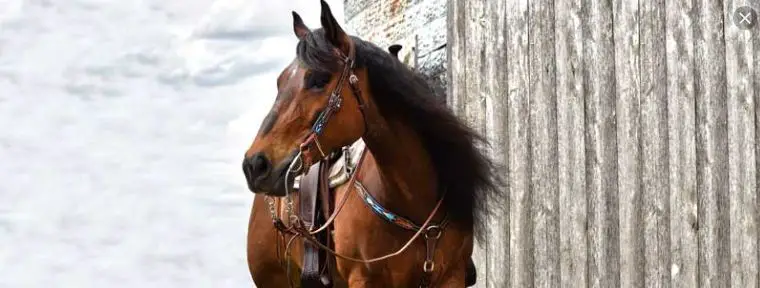
Now that you have a better idea of the benefits of CBD for horses with seizures and how to establish an effective treatment baseline, you’ll need the right CBD oil. Our testing indicates that Green Flower Botanicals CBD oil stands head and shoulders above the competition when it comes to purity and potency.
All Green Flower Botanical products are produced under rigorous scientific supervision and subjected to the highest quality control standards in the industry. Their CBD oil for the equine industry is 100% THC free so you don’t have to worry about any side effects, while at the same time being rich in beneficial cannabinoids. If it is our horse that is suffering from equine epilepsy, we’re reaching for the Green Flower Botanicals CBD Oil.
Use Coupon Code At The Checkout: GREATHEMP20
Check Out Green Flower Botanicals Today
Conclusion
The days of having to watch helplessly as your horse endured the pain and stress of equine seizures are behind us. Thanks in no small part to advances in treatment made possible by products such as Green Flower Botanicals CBD Oil. The above step by step guide will allow you to determine the precise amount of this remarkable substance that’s needed to bring relief to your horse. So don’t delay. Get started with CBD therapy today.

